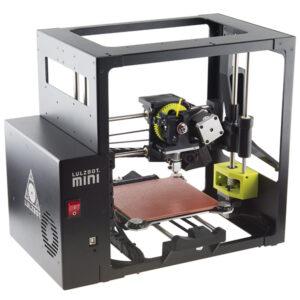Introduction
Introduction to 3D Printers
A 3D printer is a device that manufactures a 3 dimensional objects by building the object up one layer at a time. They usually extrude the printing material from a nozzle, though some 3D printers use a slightly different technique, for instance resin 3D printers which use a laser to set resin.
3D printing materials
A variety of materials can be used in the 3D printing process, including:
- Plastic
- Metal
- Concrete
- Resin
3Dprinters come in many different shapes and sizes. Examples of things that have been manufactured using 3D printers include:
Video
Video
How they work
How they work
- The 3D design is made, either by hand using CAD software or 3D scanned from a physical object
- The 3D Design file (e.g. STL) is sent to the printer.
- The 3D printer moves the printing nozzle to the correct location on the printing plate.
- Plastic filament is heated and extruded through the nozzle and the printer head moves to the next point on that layer
- Once the layer is complete the nozzle moves up to the next layer and begins extruding once again
Pros & Cons
Advantages of 3D printing
- 3D printing is great for single or small batch runs that otherwise be too costly to produce using normal mass production techniques
- They are smaller than normal manufacturing machinery so they are more portable
- They are quick to retool from on object to another making
- Designs need only be emailed to the recipient to allow them to build.
Disadvantages of 3D printing
- 3D printing is slow – it takes hours to print objects
- It’s costly when mass producing items
- 3D printing technology is fairly new so prone to errors and breaking
- 3D printed objects aren’t always as strong as injection molded items.
Resources
